Posts tagged "myanmar"
← All tags
October 2, 2023
If the Burmese population in Singapore were a city in Myanmar, it'd be one of the top 10 cities.
We have many Burmese grocers, restaurants services in Peninsula Plaza and Peninsula Shopping Centre, conveniently located across the street from each other.
Here's what it looks like.
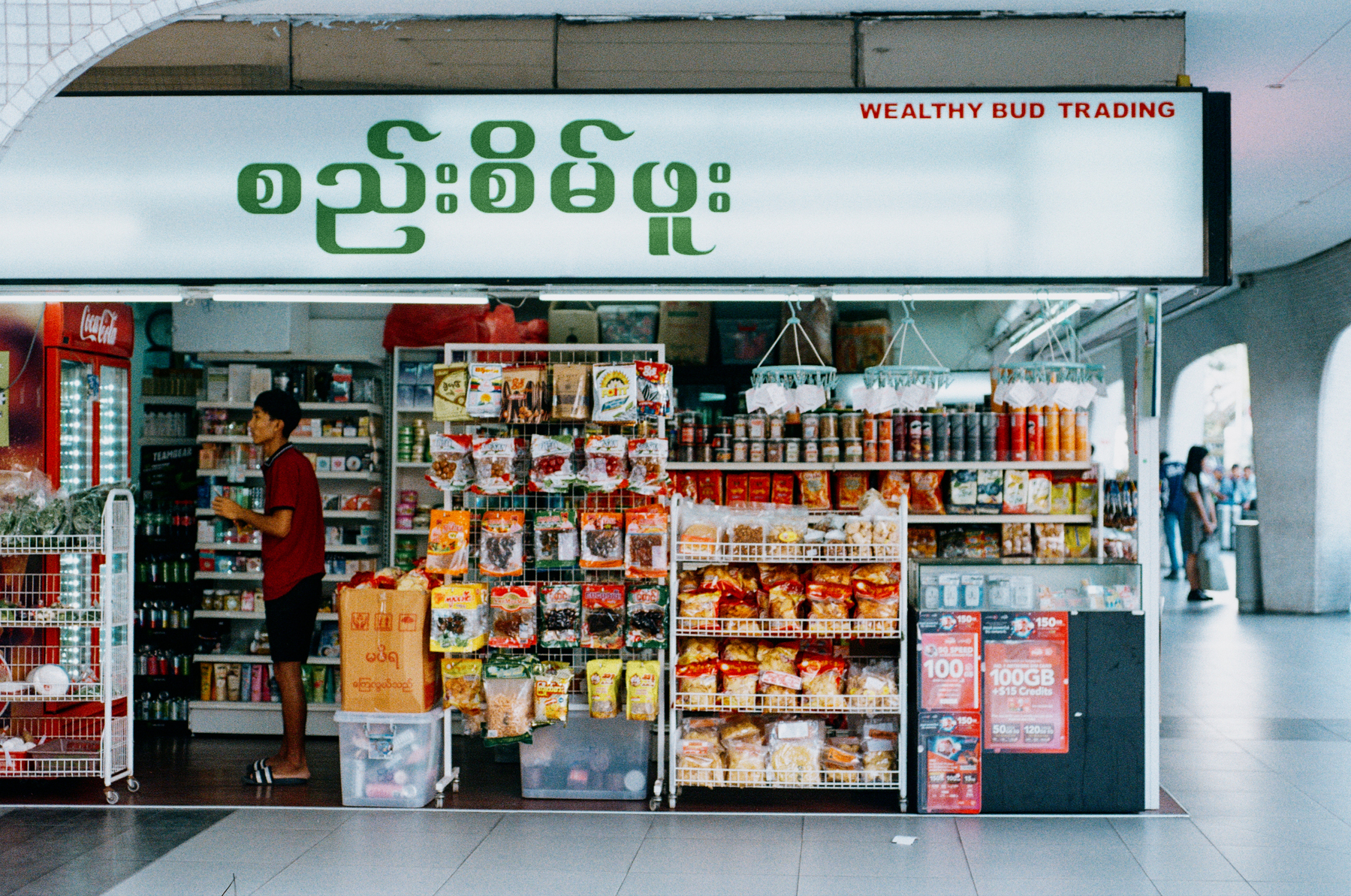
Snacks.
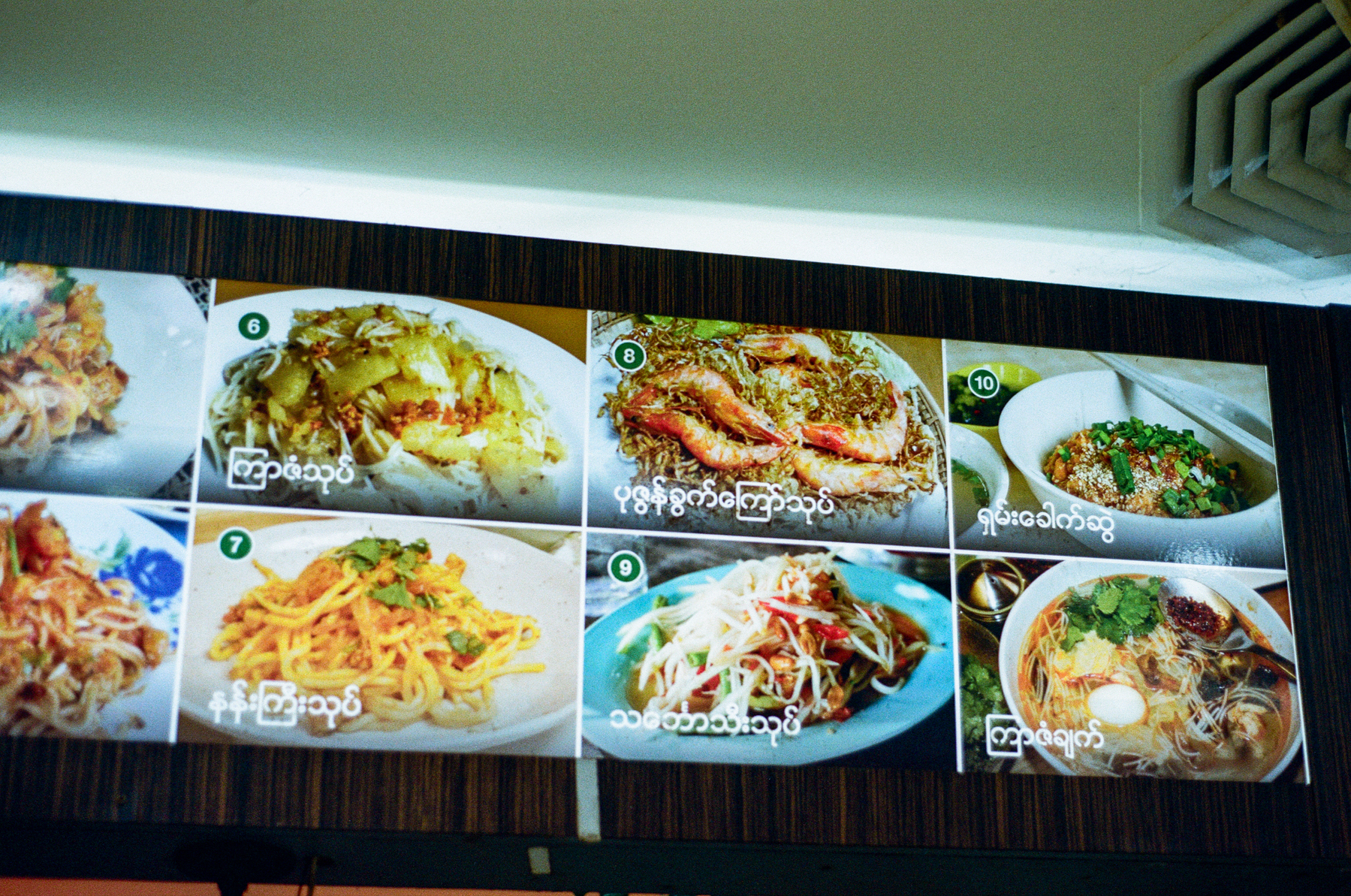
Menu.
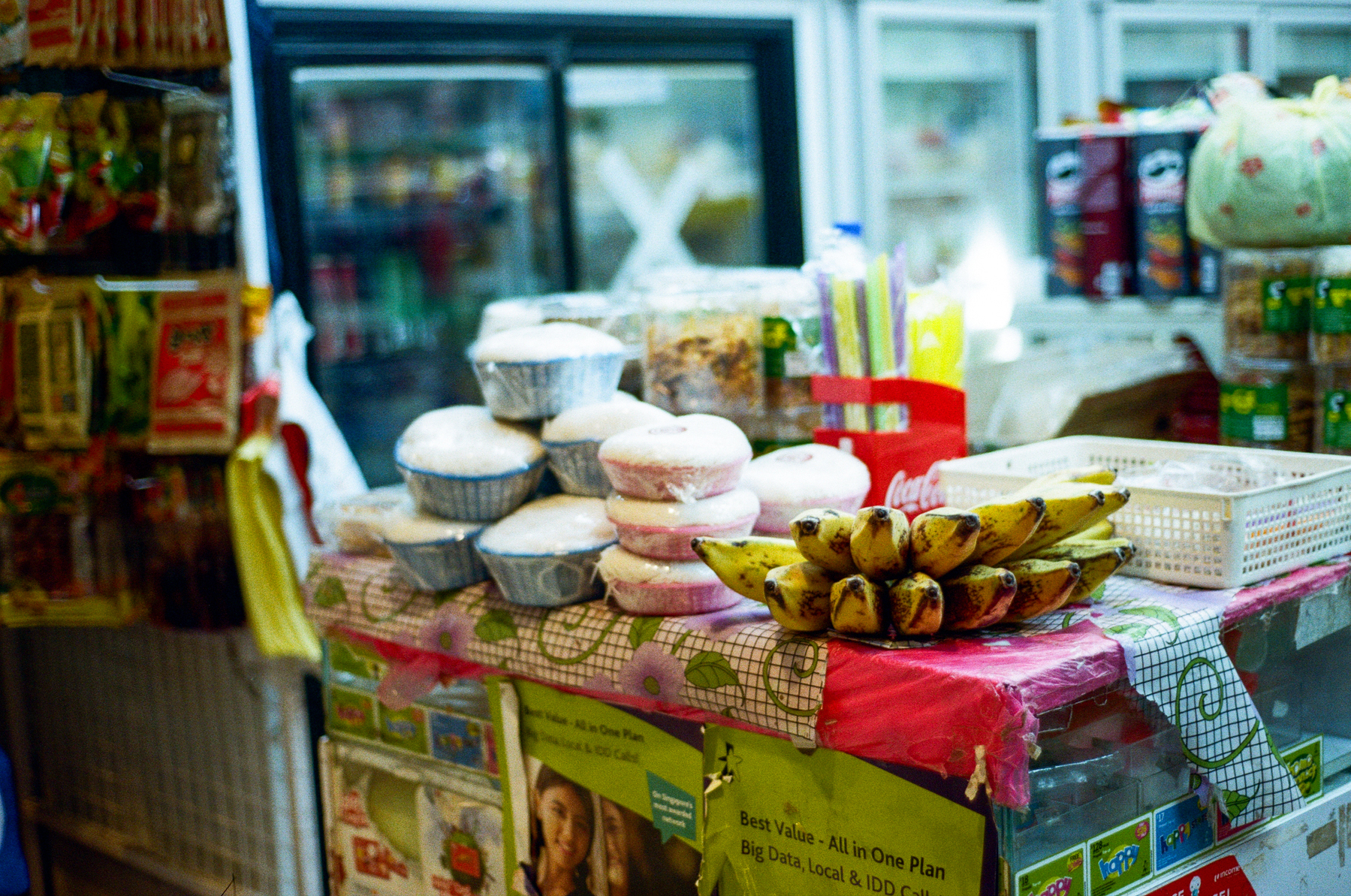
Offerings.
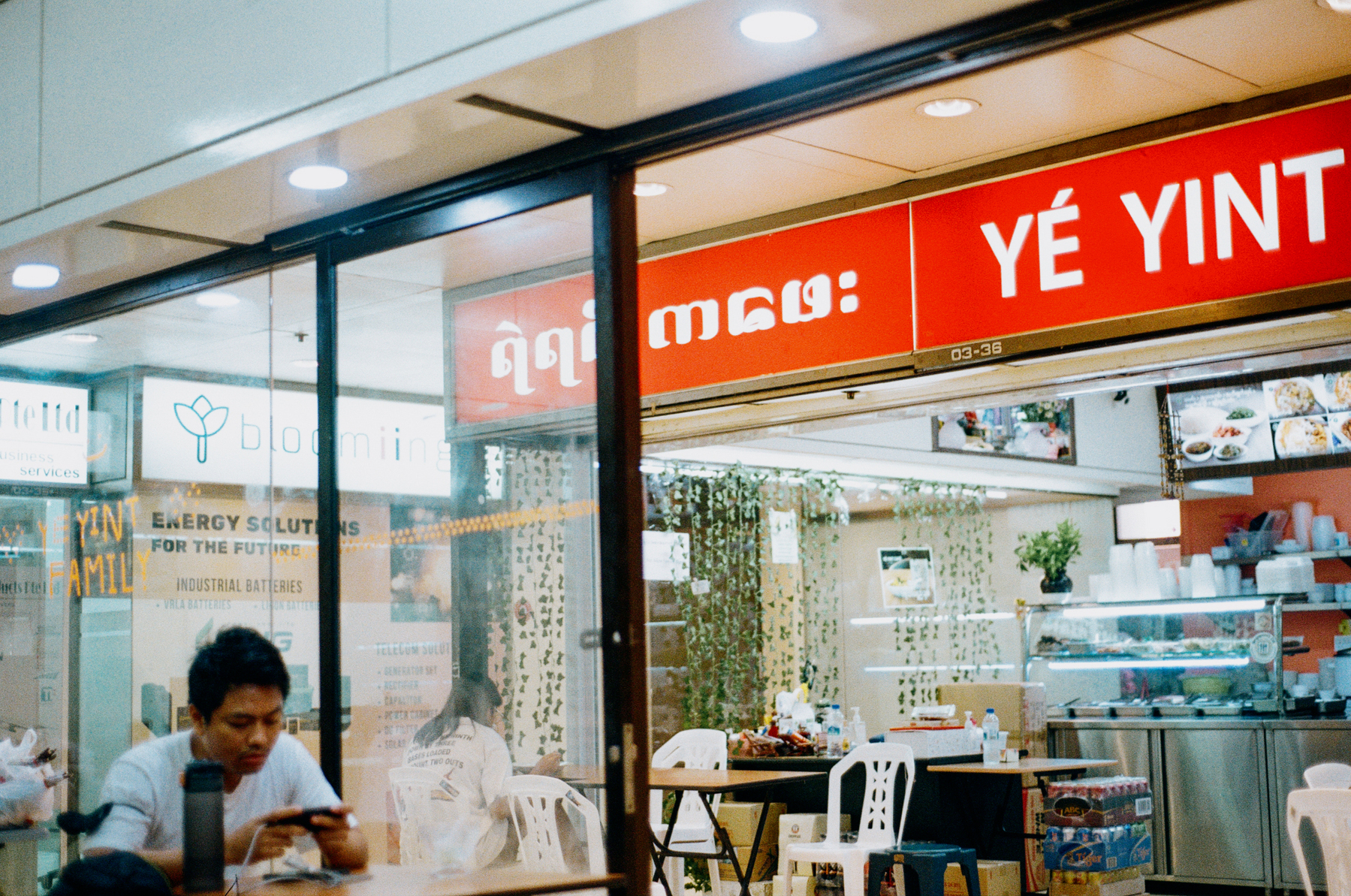
Tea shop.

Groceries.
If you'd like to try Burmese food, my favorite restaurant at the moment is Mandalay Style, in the basement of Peninsula Plaza (try the fried chickpea tofu, tea leaf salad, tofu salad and Shan noodles).
July 18, 2023
Some time around 2012/2013, I spent most of my time in Myanmar. The country was opening up: Aung San Suu Kyi was out, reform was in the air, Burmese students and exiles were coming home. There was a true spirit of hope and optimism. I was no longer a photographer or writer at that time, but I had developed a set of skills from my time in that world. I had become the person that tech companies sent to 'figure stuff out in new markets'. It was also a lucrative and exciting gig while that lasted. I did that for a couple of years.
My time being a 'fixer' for photographers and journalists around Southeast Asia also meant that I already knew people everywhere. I was not only okay with bureaucracy, I celebrated it. They just seemed like interesting puzzles to solve. Getting a photographer access to a person in a Bangladeshi village was more complex than getting a multinational company access to the top ten people they could hire, or finding them an office space in a booming market.
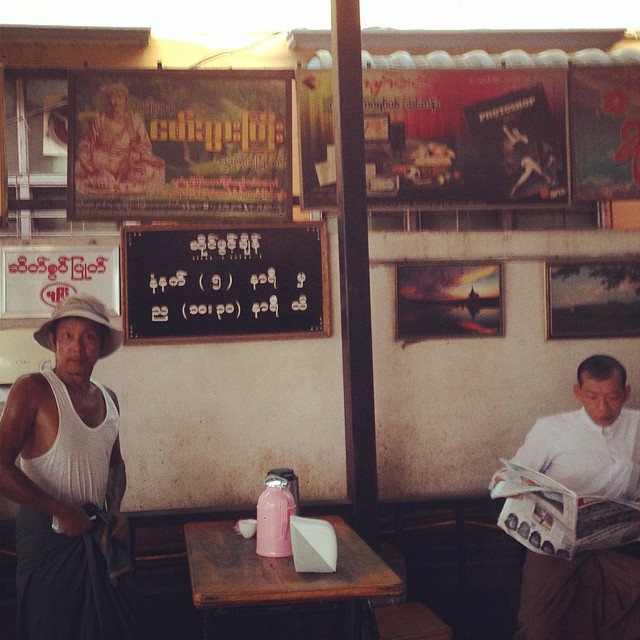
Somewhere in Mandalay.
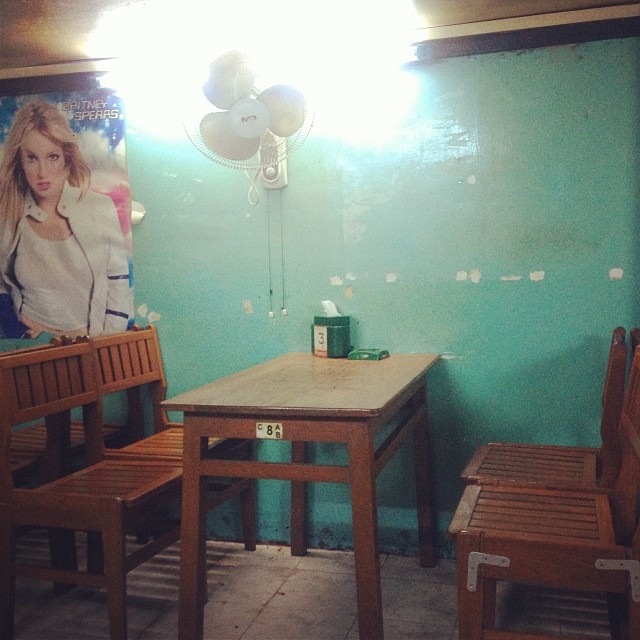
Britney was everywhere.
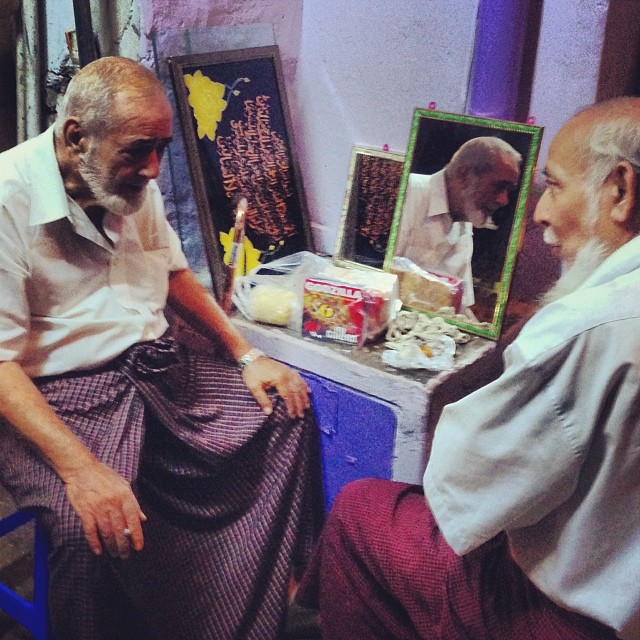
Being close to Bengal, Myanmar and Kolkata always had strong links. Rangoon and Calcutta were, in the heyday, the Paris and London of the British empire in the east. Many Burmese people have Indian ancestry, and Burmese-Tamil, Burmese-Gujarati, Burmese-Bengali cultures are totally a thing. You see that in the people, food, language and historical landmarks too.
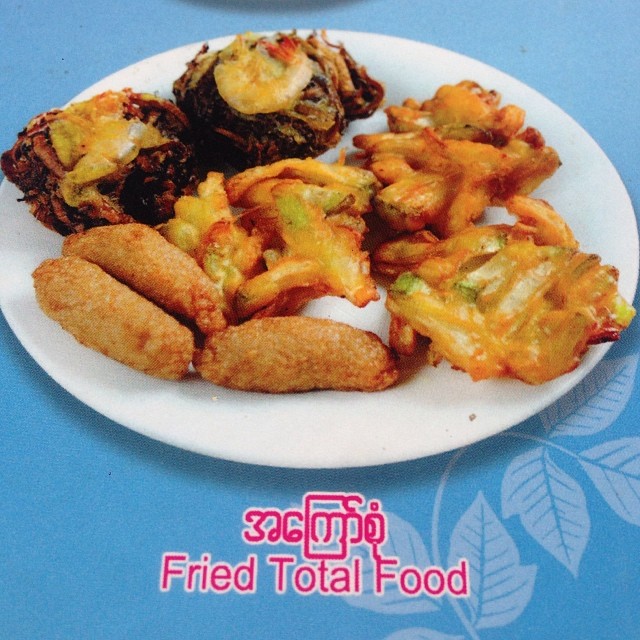
Fried total food. I love Burmese food.
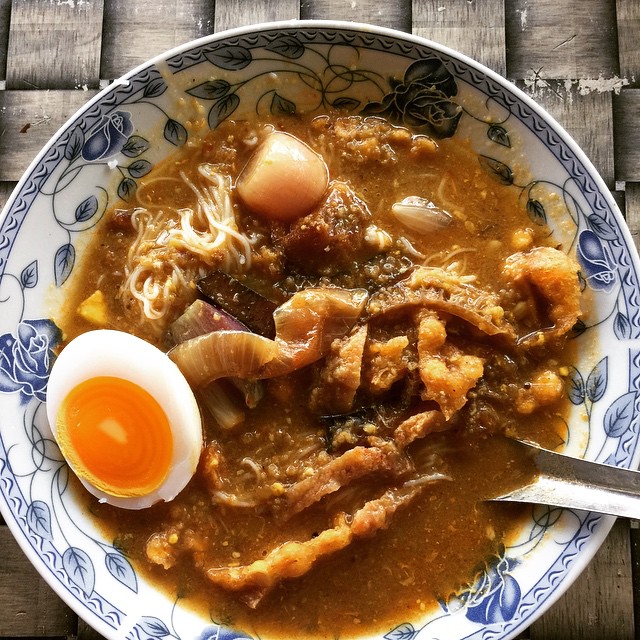
My routine was to get in to Yangon on the early morning Jetstar flight from Singapore. I would land at Yangon airport, and head straight for Tin Tin Aye in Sanchaung for their famous mohinga. No one was allowed to schedule any meetings for me until I'd had mohinga.
All photos: various iPhones through the years.
February 16, 2023
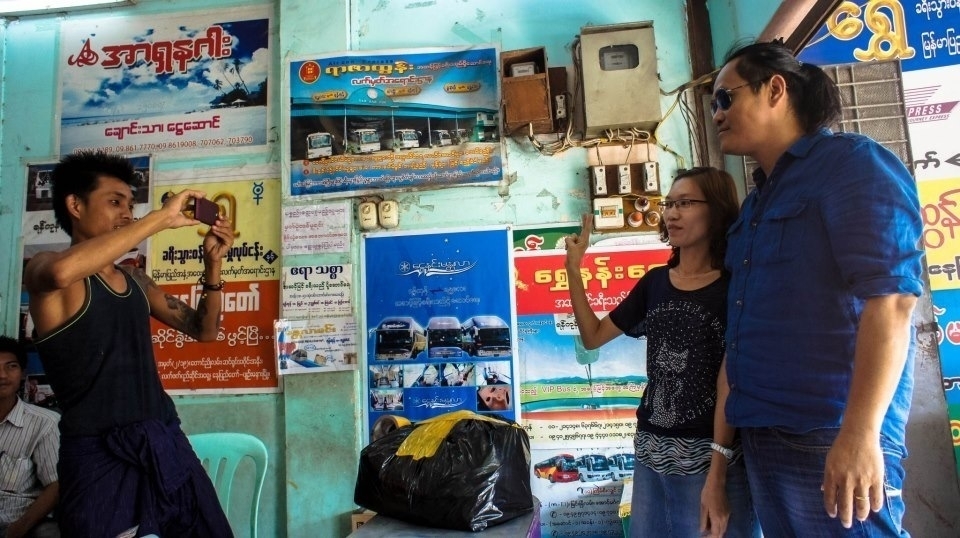
Photo taken on Sony Nex-5 in 2012.
Around a decade ago the world was a vastly different place. Aung San Suu Kyi had been released and was poised to run her country, finally. The country, so close to mine yet so far apart in so many ways, was opening up. I set out to try to see it before it became another Southeast Asian tourist hotspot with breathless growth and development. I think I was concerned about ecological destruction then, but boy, there was that and so much more to have been worried about.
This was maybe the second last time I traveled anywhere that had no Internet connectivity whatsoever (the last place was Cuba, 2016). 6 months from the time this photograph was taken, you could get data on sim cards at the airport for five bucks; at this point, I still had one of the infamous three thousand dollars (yes, green bucks) per Burmese sim card arrangements, that I got through work. It also had no data on it, in spite of the cost. (For a long time, the market in issuing Burmese sim cards was very much like the used car market in an oligarchy. The elite officials ran the whole thing.)
Friends with Burmese connections helped me plan this trip. You couldn't buy a domestic travel ticket for bus or plane outside of Myanmar, because that was closed, but you could do it in Peninsula Plaza, Singapore, the hub of one of the largest Burmese diaspora in the world. You couldn't use an ATM there, but you could send money to someone in Singapore, whose uncle would then meet you at your hotel to give you a bag of cash.
I was trying to get to Bagan. "Go to this place, wait there, and someone will come and help you sort out everything."
It was a whole thing. I waited here for a long time, so I had plenty of time to take photographs. Sometimes, I wonder what happened to the people in the photographs I took a decade ago. But it's hard to think about it.
Later, I went on to spend much more time in Yangon and Mandalay. I was there on a project with a company for almost a year. It's one of the countries I love so much, and so terribly, and I stand with the brave Burmese people who rise up, decade after decade, against crushing military rule.
February 26, 2014
At the hotel I had the receptionist scribble the name of my lunch spot in Burmese. Lunch that day was to be outside my sphere of Yangon familiarity: I had never been there, but I had been told by some locals that I must have a typical Burmese lunch at Aung Thu Kha.
So to Aung Thu Kha I went.
After gesticulating at each other for a while, my taxi driver stared at the piece of paper, looked up at my face and laughed: you speak Mandarin, don't you?
I speak Mandarin, don't I? I think I do.
I have always been perturbed at how people seem to be able to deduce secrets about me just by peering at my face. This happens at alarming frequency whenever I travel. Some days, I'm told I must be Burmese of Chinese origin. Other days, I'm Thai. In northeast India I am accepted by all of their tribes; my linguistic inability explained away for me by what must be my probable fluency in some another tribal language. Yet in China, the country of my grandparents' birth and heritage, I am too Southeast Asian. Too dark. Too English-speaking. I am the colour of the sun beating the earth, and China is a distant, lost memory a long way away from the sun.
So yes, I speak Mandarin. The ability to converse in it has followed me throughout the world, sometimes paying handsomely with access few other languages can offer.
He asks the inevitable. "How do you find Myanmar?"
Like everyone else who has asked that before me, before I have a chance to reply he gripes, "It must be terrible for you. It's terrible. All of it."
"I love the city and its people - surely all signs point to improvement!"
"Yes. Improvement also leads to traffic jams," honking angrily as a car tried to cut our place in a jam in a tiny residential lane.
In our brief conversation I learned he was the grandson of Yunnanese immigrants, economic refugees in their time. In the thirties, Rangoon was the shining light of Asia. Its opulent hotels filled with important people. Its white-only clubs invented cocktails such as the Pegu Club. The Yunnanese of China's deep south fled south to seek their fortune. Some have done exceedingly well; they have assimilated, in a way, taking on Burmese names and speaking Burmese fluently on top of their Chinese identities, preserved and left the way it was when they left in the thirties.
I wanted to know what languages they spoke at home, what they ate. He indulged me.
"My parents made us speak Mandarin at home when we were kids. If we slipped into Burmese, we got fined. They were born here, but they wanted us to stay connected to our Chinese identities as well. Oh, and Burmese food is way too oily," he shook his head as he dropped me off. "Let me know if you want Yunnanese or Dai food when you're back in town. It's better."
When 1962 happened, among the many atrocities that ensued: Chinese schools closed. Burmese citizens not from the Barma ethnic group were banned from attending certain institutions of higher learning. Just like that the lights went out in Asia's leading metropolis, and stayed off for a very long time.
In 2014, some of those lights have come back on. And with them, traffic jams. The unpaven road outside a bank near my hotel was, two days later, a pavement. For some, it's a clear sign Burma is going to be the gold rush of the east of this century: five star hotels' bars and Chinatown noodle stalls are similarly filled with businessmen from mainland China seeking fortune and glory.
"Perhaps I'll buy factory equipment from back home and ship it here," an enthusiastic new arrival announced loudly at a Cantonese-run noodle stall on the streets of Chinatown, rattling off his entire business plan in Mandarin while the other customers looked on uninterested.
Maung Maung, a middle-aged Cantonese-Burmese man jumped up with an oversized Chinese phone and pulled out a floor plan. They looked at it intently. Maung Maung went back to his noodles, slurping. (Maung Maung of just a few moments ago: "My Chinese name, lady, is Jin Bo. Jin for GOLD!")
"We'll make plans. See what help you need. I can help," Maung Maung told the newcomer.
"Do you have my phone number? I still don't remember what it is," the young mainlander said in a way that sounded like a plea for help. He'd either just gotten here or still hadn't shaken off his "overwhelmed by Burma" look.
"Of course I do," Maung Maung laughed as he perked up. "I sold it to you."
February 24, 2014
If you are anything like me, you've walked by Peninsula Plaza all the time and perhaps even entered it when you've needed to buy cameras and stuff. You've probably also wondered about all the wondrous things there. What is the paste they are mixing, what is this delicious-looking food and how can I have some of it, if only I knew what to order?
I've had the luck to spend more time in Myanmar in recent times, and I absolutely adore the country. I figured it would be only fitting to feature the community in Singapore for the next Culture Kitchen, seeing as that there's an entire building in downtown Singapore that caters to that community.
With a bunch of intrepid volunteers' help, I'm happy to announce Culture Kitchen 2: Little Myanmar. We'll have lunch featuring the best-of Burmese cuisine, you'll get to meet and mingle with the Burmese community, we'll also screen "The City Where They Live", a documentary about Meiktila's community and youth leaders and how they worked to heal the city after the horrific communal violence of 2013. We'll then do a Q&A with the filmmakers live from Yangon before kicking off a walking tour of Little Myanmar.
Sound good? Get your tickets here, there are just 19 seats left.










